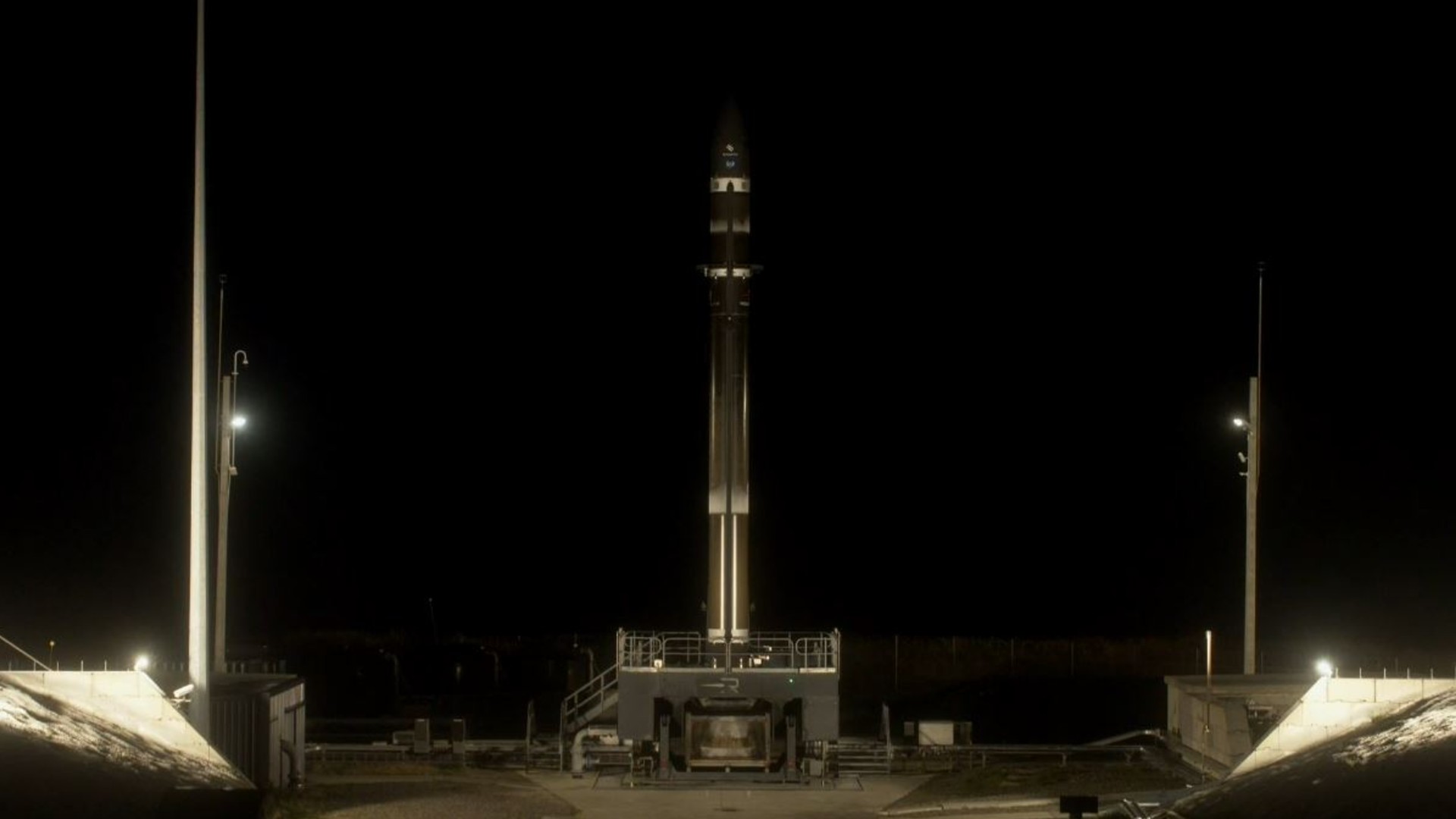Probing a distant galaxy like a “cosmic crime scene” with the Hubble Space Telescope after a “tip-off” from the Chandra X-ray telescope, NASA scientists have discovered a strange black hole that is tipped onto its side.
The sideways black hole was discovered in the galaxy NGC 5084, a lenticular (lens-shaped) galaxy located around 80 million light-years from Earth in the constellation of Virgo. The black hole rotates in an unexpected direction in relation to its surrounding galaxy.
The team was tipped off to the existence of this black hole when they discovered two plumes of plasma, one that extends above and below the plane of the galaxy and one that stretches through the galaxy, crossing each other and making an “X” shape. This galactic structure is something astronomers have never seen before.
“Detecting two pairs of X-ray plumes in one galaxy is exceptional,” team member and Ames Research Center astrophysicist Pamela Marcum said in a statement. “The combination of their unusual, cross-shaped structure and the ‘tipped-over,’ dusty disk gives us unique insights into this galaxy’s history.”
The scientists behind the discovery think that a dramatic event in the history of NGC 5084 may be responsible for knocking this black hole over on its side like a “cosmic hit and run.”
X marks the WHAT?
The team made the discovery in archival data from Chandra thanks to a new image analysis they developed. This technique, “Selective Amplification of Ultra Noisy Astronomical Signal” or “SAUNAS,” teases out low-brightness X-ray emissions from NASA’s powerful X-ray space telescope, revealing the strange X-shaped twin plasma plumes.
This was odd because when astronomers see X-rays emitted from massive galaxies, they expect to find them evenly spread out. This homogeneity would result in a sphere of high-energy light. The sight of a concentrated shape of X-rays indicates a dramatic event in the history of a galaxy.
The discovery was so weird it immediately set the scientists scrambling to confirm it. They did this by scouring the archives of other telescopes and with new observations from two powerful ground-based observatories.
Observations from Hubble backed by data from the Atacama Large Millimeter/submillimeter Array (ALMA), 66 radio antennas based in northern Chile, showed a dusty ring of material at the heart of NGC 5084, turning on its side. This indicated not only a black hole lurking at the center of this galaxy but that object was bizarrely rotated at a 90-degree angle to NGC 5084.
The follow-up examinations of NGC 5084 helped the team see this galaxy and its sideways black hole across a wide range of light wavelengths.
“It was like seeing a crime scene with multiple types of light,” team leader and Ames Research Center scientist Alejandro Serrano Borlaff said in a statement. “Putting all the pictures together revealed that NGC 5084 has changed a lot in its recent past.”
So what “crime” does the team suspect has taken place in NGC 5084 and knocked over this black hole?
Currently, the “prime suspect” in this cosmic whodunnit is a collision with another galaxy that generated a “chimney” of plasma that erupted from the top and bottom of NGC 5084’s plane.
Though more investigations of NGC 5084 will be needed to properly determine the violent event that sculpted its strange structure, this research demonstrates the power of archival data, even dating back as far as three decades, to help scientists make new and unique discoveries.
This data is especially powerful when coupled with an innovative processing technique, such as that developed by Borlaff and colleagues.
The team’s research was published on Wednesday (Dec. 18) in the Astrophysical Journal.






